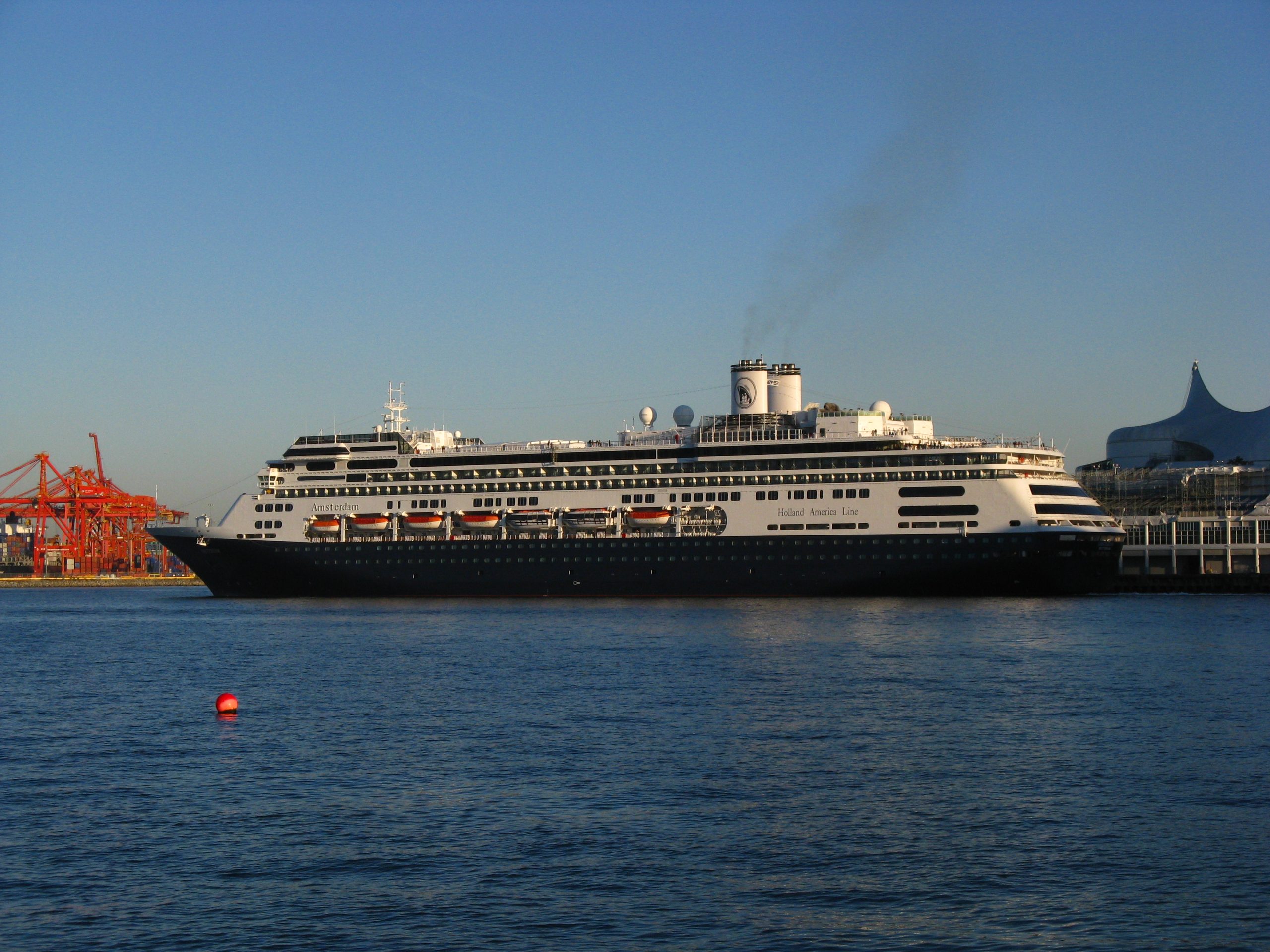Cruise ships offer a lot of advantages to travelers, from the ability to visit multiple destinations in one trip to the array of onboard activities. But one thing cruise ships don’t often boast about is their waste management system. Where does all that pee and poop go when you’re out on the open seas?
The answer is more complex than you may think, but cruise ships have developed sophisticated systems for disposing of this waste. To begin with, all waste is stored in individual tanks located throughout the ship.
These tanks are divided up into three categories: blackwater (or sewage), graywater (water from sinks and showers), and oily water (contaminated water from engine operations). Cruise ships must adhere to strict regulations regarding waste disposal, which vary by country and region.
Blackwater is treated on board with a process known as advanced wastewater treatment, or AWT. This process uses chemical additives to break down organic material and remove solid particles before the water is discharged into the ocean. The International Maritime Organization has set strict limits on how much blackwater can be released into the ocean, so cruise ships must monitor their treatment processes carefully.
Graywater does not require special treatment before it can be released into the ocean. Cruise ships typically monitor their graywater levels before releasing it into the sea, ensuring that no pollutants are being discharged.
Oily Water, on the other hand, must be filtered before it can be discharged safely into the ocean. Oil-water separators are installed on board cruise ships to strain out any remaining oil or contaminants before they are released into the sea.
Conclusion:
Cruise ships have carefully planned systems for managing their waste onboard that adhere to strict environmental regulations. Blackwater is treated through an advanced wastewater treatment process while graywater is monitored for pollutants before being released and oily water is filtered through an oil-water separator. All of these processes ensure that no harmful pollutants are being discharged into our oceans when cruising on a ship.

